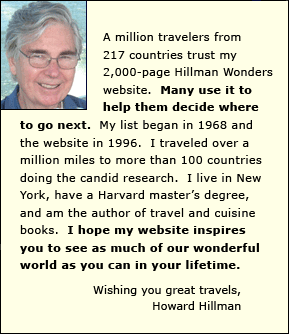



Lost Horizons
the location debate
the controversy
 Where is Shangri-La?
Where is Shangri-La?
Determining with certainty its precise geographical location is futile. Not only is Shangri-La fictional, the author James Hilton was vague about its specific locality.
However, he did narrow it down to "Tibet". That eliminates Nepal and Bhutan, but not Yunnan and Sichuan.
I base this on my historical research on Kham. When James Hilton penned Lost Horizon, much of the area where Yunnan and Sichuan converge with modern-day Tibet was part of the land then known as Kham. And, Kham was one of the three major sectors that defined Tibet at that time.
Moreover, James Hilton never set foot in Central Asia. His inspiration for writing his tale? Chances are it was a popular series of articles published in the early 1930s in the National Geographic magazine. They were written by botanist Joseph Rock, who explored the convergent area, which was unknown to most of the world.
 China's Shangri-La
China's Shangri-La
In 2002 the Chinese government specified that China's Shangri-La was in the area where Yunnan, Sichuan and Tibet meet.
 China's
advantage
China's
advantage
I believe all the non-Chinese areas claiming to be Shangri-La are stunningly beautiful like the Chinese area. Therefore, they also deserve a Shangri-La label. However, from a tourist's perspective, China has an important advantage: Its Shangri-La is more accessible in terms of transportation and local tourism infrastructure.
Learn my other
Lijiang/Shangri La
tips and insights
Lijiang
Top 5- Nearby attraction - Ranked
Tips - When to go and not go
Tips - Avoiding altitude sickness
Tips - Mountain cable car ride
Tips - More
Tips - Some more
Lijiang insights
Photo gallery
Shangri-La
Top 5 attractions - Ranked
Tips - When to go
Tips - Getting to Shangri-La
Tips - Zhongdian name confusion
Shangri-La insights
Photo gallery
More topics
Pronouncing Yunnan names
Yunnan highlights map
Lost Horizon - The book
Lost Horizon - The film
Lost Horizon - Location debate
Also read
Wonders of China - Top 10 rankings
China Wonders map
Chinese cuisine


World's Top 100 Wonders
World's Top 1000 Wonders
Site map
My credentials
About my website and criteria
Reader testimonials



